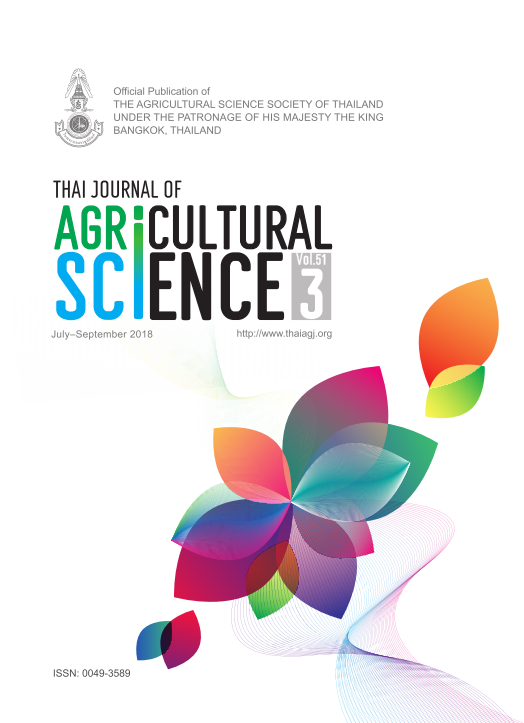Comparative Evaluation of Nutritional Quality of Soft Cheese Made from Four Plant Sources
Main Article Content
Abstract
A laboratory study was conducted to comparatively assess the nutritional profile of cheese precipitated from 20% concentration of four plants coagulants (Calotropis procera leaf, unripe Carica papaya pulp, unripe Citrus limon juice and Annona muricata pulp) in a completely randomized design. The moisture, protein, fat, ash, free fatty acids, acid value, pH, peroxide value, percentage yield and mineral (include Calcium, Manganese, Magnesium, Zinc, Iron, Sodium and Potassium) compositions were determined. The proximate composition revealed that moisture (55.47%) was significantly (P < 0.05) higher in unripe Carica papaya precipitated cheese and least (50.03%) in Citrus limon cheese. The protein concentration (17.17%) was significantly (P < 0.05) lower in Annona muricate cheese compared with 25.65% obtained in Citrus limon precipitated cheese. There was no significant difference (P > 0.05) in the ash content which ranged from 1.30−2.55%. Annona muricata precipitated cheese showed significantly (P < 0.05) higher value of 59.91% fat compared to 45.54% obtained in Calotropis procera cheese. Free fatty acid values showed significant (P < 0.05) differences ranging from 0.32−0.64%, with Carica papaya cheese having the highest value. Acid value was significantly (P < 0.05) higher in Carica papaya cheese with values ranging from 12.40−22.51 mgKOH/kg. Peroxide value (3.07−9.62 mEq/kg) was significantly (P < 0.05) lower in Carica papaya cheese. The pH values ranged from 4.08−6.41 and the percentage yield was highest (14.79%) in Citrus limon precipitated cheese. The mineral (mg/kg) profile showed that Annona muricata precipitated cheese has higher contents of Calcium (138.50) Manganese (0.07), Magnesium (2.59) and Potassium (11.50). However, Iron significantly (P < 0.05) increased in Calotropis procera cheese (0.60). It was concluded that unripe Carica papaya pulp, Annona muricata pulp and Citrus limon juice have potential of being used as coagulants in cheese production as they compete favourably with the commonly used Calotropis procera leaf extract.


